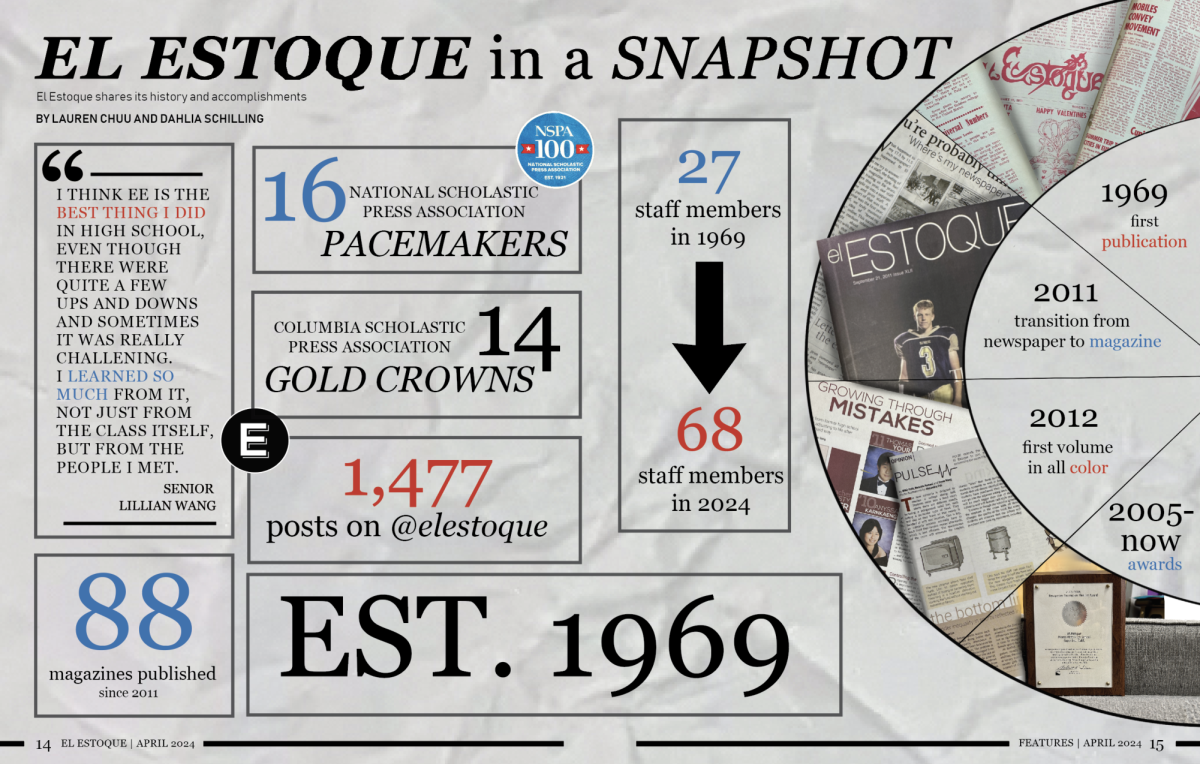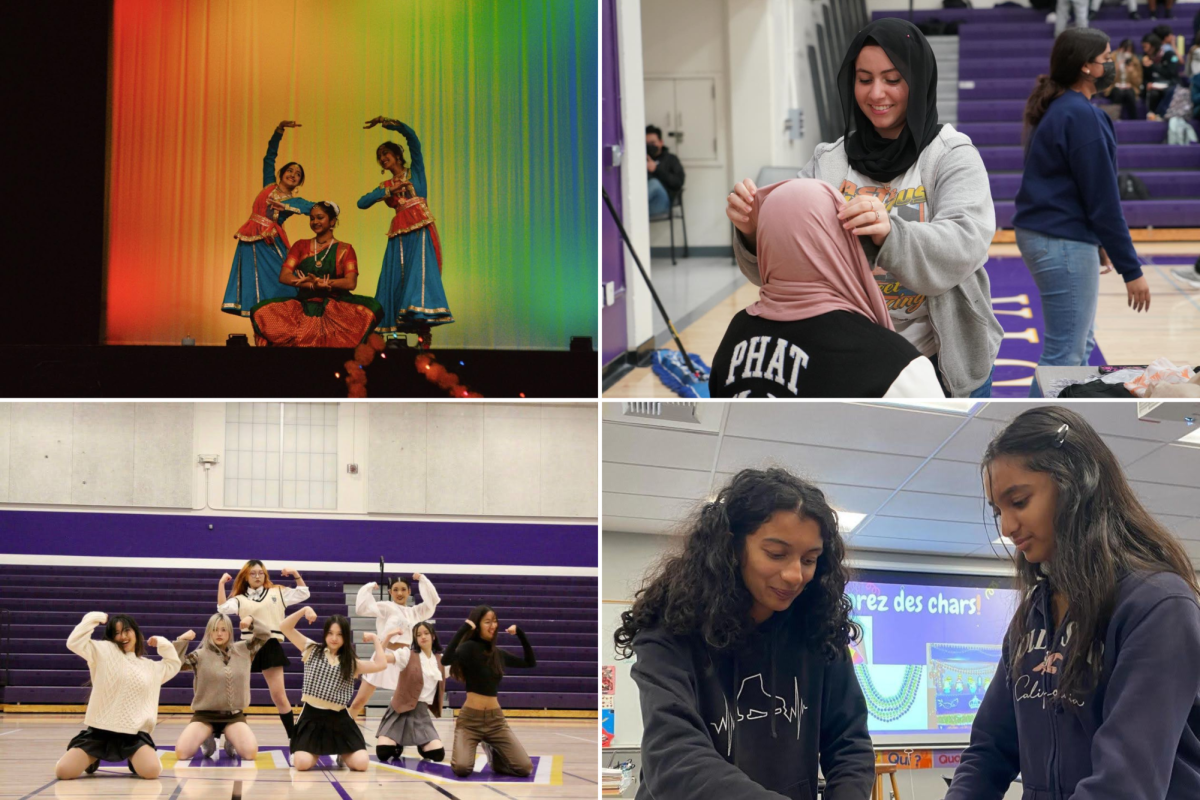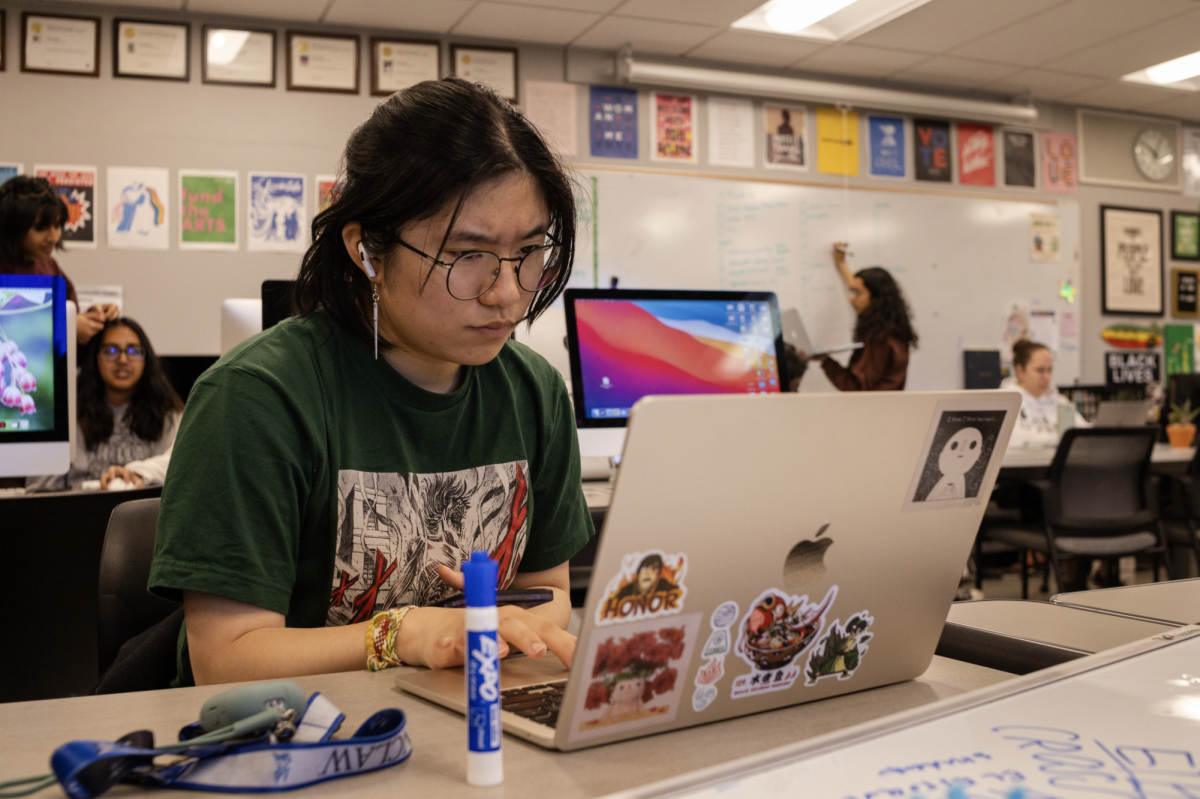When junior Aruna Venkateswaran visited her father’s hometown in India, she couldn’t have felt any more different, with her Japanese features starkly contrasting that of the family that sat around her. As one part of her heritage is so distinct from the other, Venkateswaran struggles to find a community that accepts both of her identities.
“It’s sometimes hard to feel like you are accepted within both communities because, whenever I go to India, I don’t look very Indian, especially where my dad is from,” Venkateswaran said. “It’s more of a smaller town than a big bustling city, so my mom and I are really the only people who look more different.”
Junior Nicola Haghighi echoes Venkateswaran’s struggles to stay connected to both of her cultures. Haghighi, who is Iranian French, grapples with gaining sufficient exposure to both of these cultures, as a large portion of his French family does not live in the U.S.
“It’s kind of hard to balance since my Iranian family lives here in America near all of us, so I can go and visit them and celebrate both religion and culture,” Haghighi said. “Since my French family lives in France, I try to go and see them when I can, but it’s hard [to maintain that connection.] I just try and call them a lot to keep in touch and to celebrate the cultures over a long distance with them.”
Junior Harish Chen, who has experienced similar struggles, says external appearances play a large role in how others perceive his cultural identity. Because of his dominant Indian features, Chen often finds his Taiwanese identity is lost in people’s initial impressions.
“I look at myself in the mirror and I’m like, ‘I don’t really look that much like my mom,’ but as I look closer, I do actually have some of her features,” Chen said. “I think that China’s still representative of me. But when I try to explain this to other people and tell them my experience, it’s really just about my external appearance.”
Rather than define himself based on his parents’ heritages, Chen aligns himself with the broader concept of being an American. He embraces this identity in order to simplify his multifaceted cultural background into a more inclusive and cohesive identity, allowing him to find a community of his own along the way.
“I would consider myself to be an American with a tinge of both Indian and Taiwanese,” Chen said. “I’ve made a lot of friends who have gone through the same thing where they grow up as Americans and learn the American way of life. My parents wanted me to assimilate more into my environment, and not have me be conflicted between my mixed identity of being an Indian and Taiwanese versus just being who I am as an American.”
Venkateswaran, on the other hand, puts effort into embracing the entirety of her cultural identity by devoting time to different aspects of each culture. Speaking Japanese while practicing Bharatanatyam has helped her balance the enormity of the two complex cultures.
“I like to say I’m fluent in Japanese, but I don’t speak any Indian language,” Venkateswaran said. “At the same time, I do Indian classical dance and I’ve been doing it since I was around seven years old. I learned a lot about Indian culture from there because it’s especially tied with Hindu mythology.”
Haghighi emphasizes how cultural holidays allow him to connect to both cultures in ways often neglected in his everyday life. He sees these as opportunities to celebrate his cultures alongside his family.
“In France, we celebrate Bastille Day, which is our French Revolution,” Haghighi said. “For Iran, we celebrate different cultural celebrations which are similar to America, but on different dates and for different purposes. For example, the Persian New Year, which was recently celebrated in March, is a big thing for Iranians, so that was a whole big celebration.”
Haghighi says he finds importance in preserving his relationship with his heritage because it allows him to better remember what his family faced to immigrate to America. By upholding the traditions of his family’s home country, he pays homage to the journey that has enabled his success in America today.
“When [my dad] came to America, it was in the middle of the Iranian Revolution and my family in Iran was in danger so they had to try to get out safely,” Haghighi said. “[Celebrating these holidays] reminds me where my family came from and the struggles they had to go through.”
Contrasting with Haghighi and Venkateswaran, Chen tackles this balance from learning rather than doing. Throughout his childhood, his connection to both cultures has been passed down through his parent’s stories where he learnt more about his family’s history.
“My parents do tell me their stories, so I feel like I’m connected by tales rather than tradition,” Chen said. “A lot of what is passed on is [done orally], especially in countries that are different from where they grew up. My parents told me about themselves and their parents and what they experienced and that’s how I learned.”
Ultimately, Chen and Haghighi both agree that balancing their dual cultural background is a highly personal journey, in which people should have the space to find the aspects of each that they identify with.
“Stay true to who you are,” Chen said. “Just because you come from a variety of cultures should not stop you from enjoying either one. At the end of the day, it’s who you are. No one culture defines you.”










